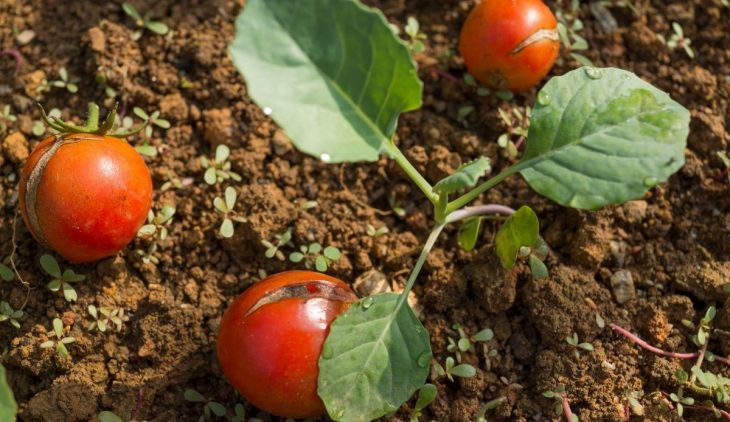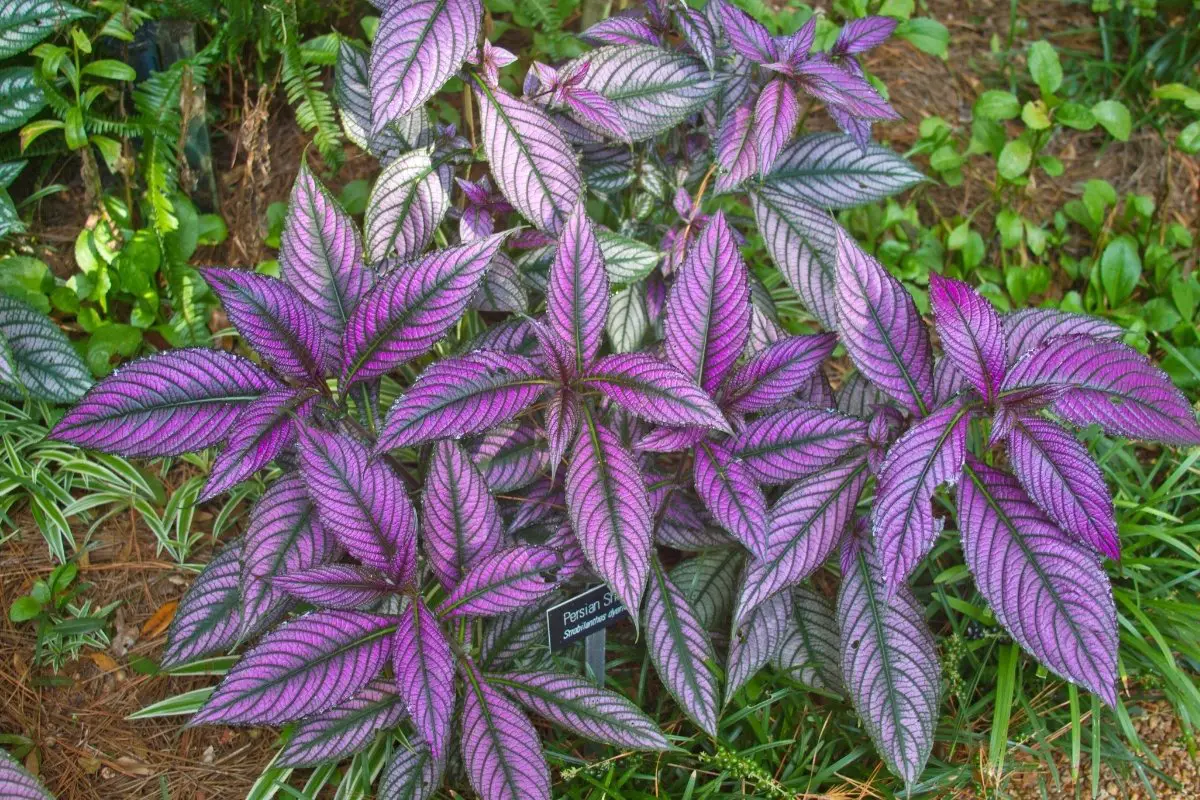Every gardener needs to learn how to add calcium to
Have you noticed any small, water-filled patches at the bottom of the juicy red tomato that widened and turned into a dark patch? On touching, did you notice how they give you a sunken and leathery feeling? This tomato is suffering from blossom end rot – a common disease that prevents the proper growth of the plant.
This disease occurs due to a lack of calcium; therefore, it is vital to know the importance of adding calcium to plants.
Importance Of Calcium For Tomatoes
A healthy plant blossoms in rich
There are several reasons why you will need to add calcium to your garden before growing tomatoes. They include:
- Calcium is a macronutrient used quite as much as nitrogen, potassium, and phosphorous.
- It is the macronutrient of plants.
- It’s crucial to give proper health to plants and be involved with so many functions in plants, from appropriate cell wall formation to fruit production.

Plants need calcium throughout their growth period since it’s used in so many processes in the plant. Therefore, the ideal time to add calcium to the
How To Add Calcium To Soil For Tomatoes
Test Your Soil
Before planting your tomatoes, it is advisable to conduct a
Add Ground Limestone And Gypsum
Lime and gypsum work well together and are good sources of calcium. To increase calcium in your
Down to Earth Organic Garden Gypsum Calcium Sulfate, 5 lb
Use Fertilizers
Soluble fertilizers can be a good source of calcium for tomatoes. Other fertilizers like soft rock phosphate are naturally rich in calcium and intended for tomatoes used. You can add these fertilizers when tilling it. For tomatoes, be careful not to disturb their roots when giving the plants fertilizer. Give them a one-time application of half a cup of 8-8-8 granular chemical fertilizer. If using organic granular fertilizer, use only 1 cup of 5-5-5 per plant. Mix this fertilizer with the top 8 inches of
Add Eggshells
Yes, you heard it right! Eggshells are rich in calcium and can be added to the
Use Calcium Spray
You can spray the tomato leaves as a way to add calcium to these plants. And the most significant thing of all is you can make this spray yourself. Simply your choice of calcium solution to a gallon of water. Shower or drizzle the solution once or twice a week when the flowers are set to bloom. Ensure the spritz reaches the fruits too.
Water Your Plants Thoroughly
Water is the number 1 source of calcium. An inch of water per week is required for the growth of juicy and calcium-rich tomatoes. You can use rain or irrigation water to water your tomatoes. Note that these plants love to be deeply watered throughout, or else shallow watering will not improve the situation. Ensuring you have provided your plants with adequate water is essential to provide calcium and feed the plants.
When you use any of the methods above, your plants will not suffer blossom end rot. Pot-grown tomatoes are more prone to catching this disease than garden ones. So ensure you supply enough calcium to the potted plants too.
What Happens When You Add Calcium To Soil For Tomatoes Early?
It is the best time to add calcium to your
What Happens When You Add Them Late?
If you notice you are late to add calcium to the

FAQs
Why is calcium important to tomato plants?
The calcium in your soil is essential for the growth of tomato plants. Calcium helps the plant to develop a strong and healthy root system and to produce flowers, fruits and seeds.
Calcium is often called "the muscle food" because it helps to build strong cell walls. The calcium in the soil can be used by the plants to build strong roots and stems.
You can get calcium from your soil and apply it to your tomato plants when you plant them. However, if you want to give your plants a boost of calcium, you can also feed them as they grow.
How do I add calcium to my tomato plants?
You can add calcium to the soil in the form of dolomite, limestone, oyster shell, or even rock dust. You can also add calcium to your tomatoes by using a foliar spray. Many home gardeners use a diluted solution of calcium chloride to feed their plants. If you do not have access to a spray bottle, you can purchase a fertilizer with calcium already mixed into it. Foliar feeding is done by spraying the leaves of the plant with a solution of calcium. If you want to know how much calcium you need to feed your tomatoes, you will have to experiment with different amounts.
Can calcium be harmful?
It takes time for your plants to get used to getting their calcium from the soil rather than from the leaves. So start by adding a small amount of calcium to your soil and see how your plants respond.
If you add too much at once, it will burn your plants.
How can I tell if my tomato plants need calcium?
Tomato plants are actually a very good source of calcium. In fact, the calcium content is so high that if you add too much calcium to your soil, it will inhibit plant growth. This is especially true of older plants. Soil tests are good at determining the calcium content of soil, but they can't tell you what the calcium content is in a specific plant. Soil tests can only tell you the calcium content of the soil as a whole.
What is the fastest way to add calcium to soil?
The most effective way to add calcium to soil is to use bone meal or manure. The best time to do this is in the fall when it is time to start a new crop, as it will improve the soil and provide nutrients for your crops. It is also better to apply bone meal than manure, because of the high amount of nitrogen in bone meal.
Conclusion
Now, you are well informed about how to add calcium to tomato plants; it’s high time you do so. To prevent the tomatoes from suffering from the blossom rot disease, ensure you add calcium to your
When your

Brian is an avid gardener who loves spending time outdoors. He is passionate about using his green thumb to create beautiful, lush gardens for her friends and family. He finds joy in tending to her garden, trimming plants, and cultivating new species. He enjoys to share his knowledge and experience with others with a similar gardening enthusiasm. Brian is a true nature enthusiast and a has true passion for the outdoors.





